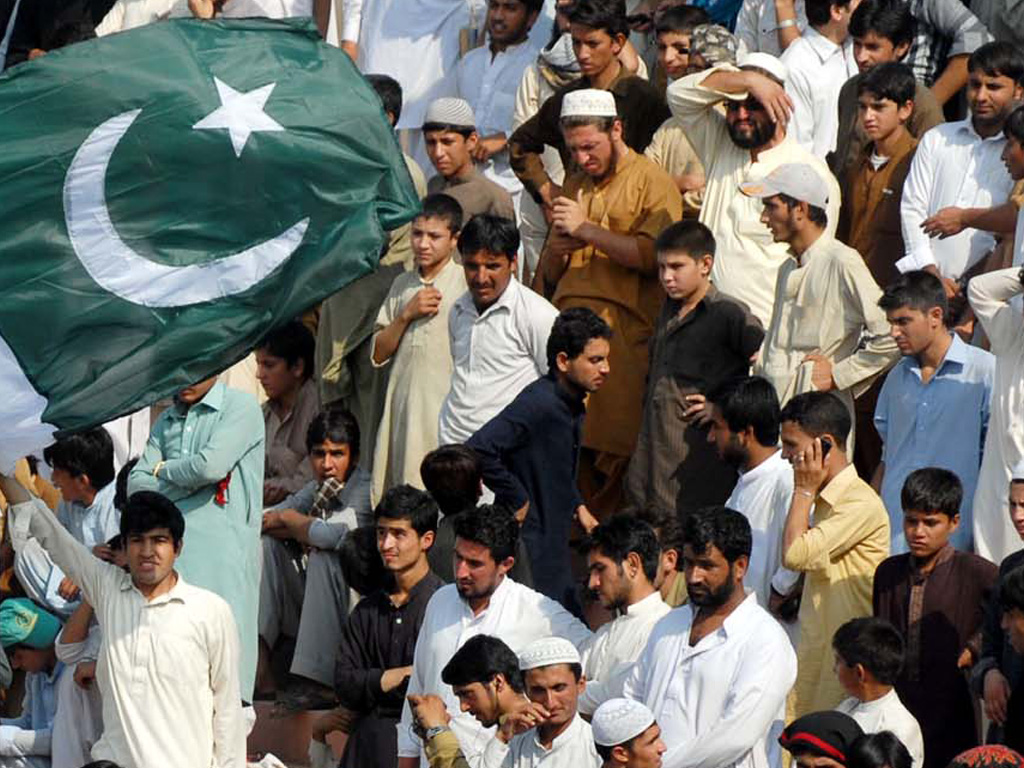Urban areas population increased to 40.54

ISLAMABAD: The population of the urban areas of the country has increased from 37.9 percent in 2013 to 40.54 percent in 2017.
On the other hand the estimated population in the rural areas decreased from 62.1 percent in 2013 to 59.46 percent in 2017.
The population of the country is expected to reach 242 million by 2030 and half of the population will live in urban areas, Pakistan Economic Survey 2016-17 reported.
Urbanization has the potential to drive the country towards prosperity and competence, but this process needs effective tackling of critical issues like improvement in service delivery, provision of infrastructure and housing, laws and regulations related to land use, planning and observing building code and solid waste environmental problems.
In Pakistan the urbanization trend is not different from other countries of the world, as Pakistan is also facing a rapid increase in urbanization caused by population growth, urban migration, and refugees' migration.
Due to this there is an expansion of under-resourced urban settlements, which caused unprecedented levels of economic, spatial, social, and infrastructural challenges and climate change impacts.
The government is well aware of this issue and is making sincere efforts to improve the quality of life of the population living in urban cities through planned urbanization.
For the purpose, the Ministry of Climate Change and the United Nations Human Settlements Program (UN Habitat) in Pakistan have been working closely on various initiatives related to sustainable urbanization and climate change.




















Comments
Comments are closed.